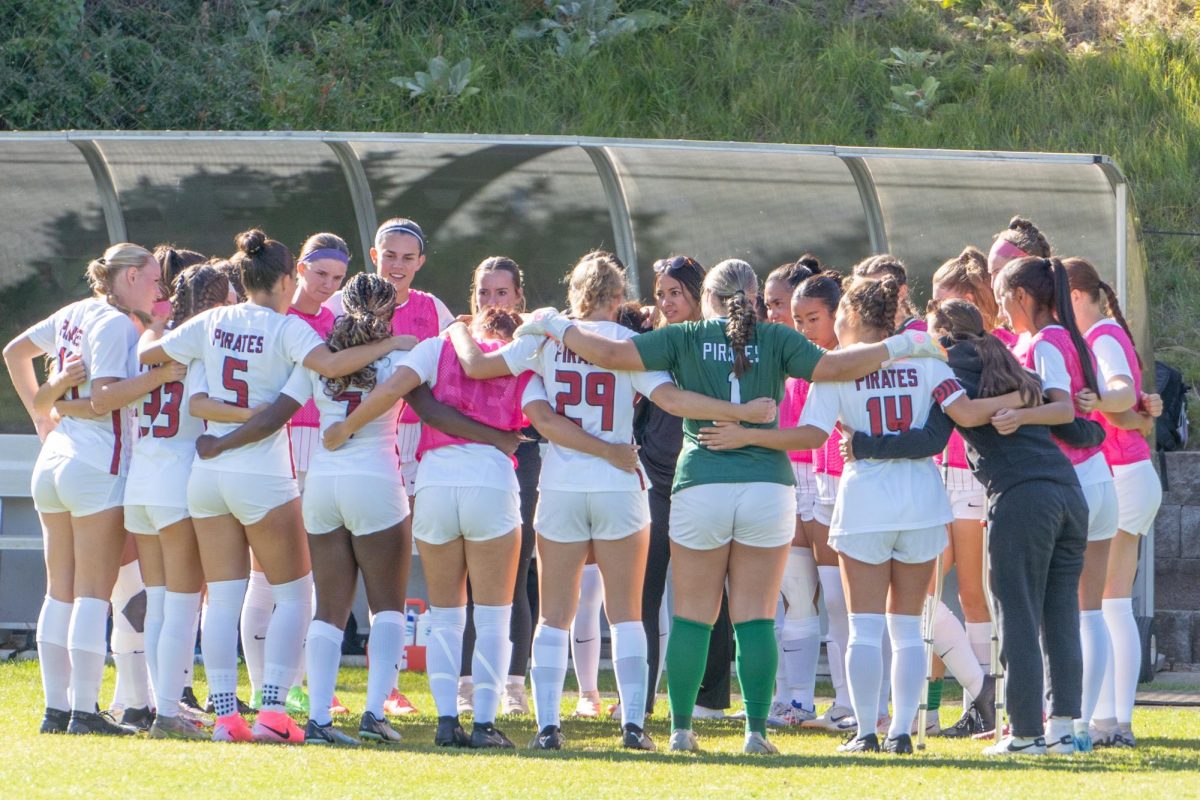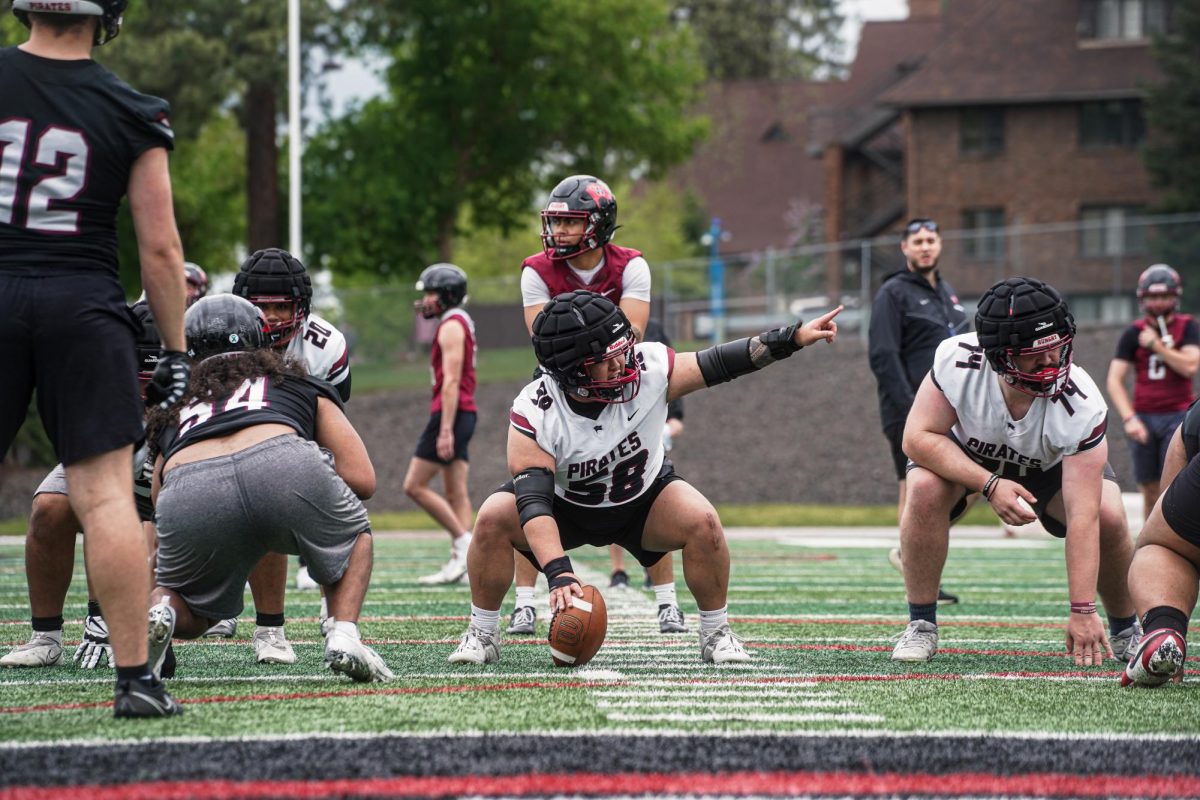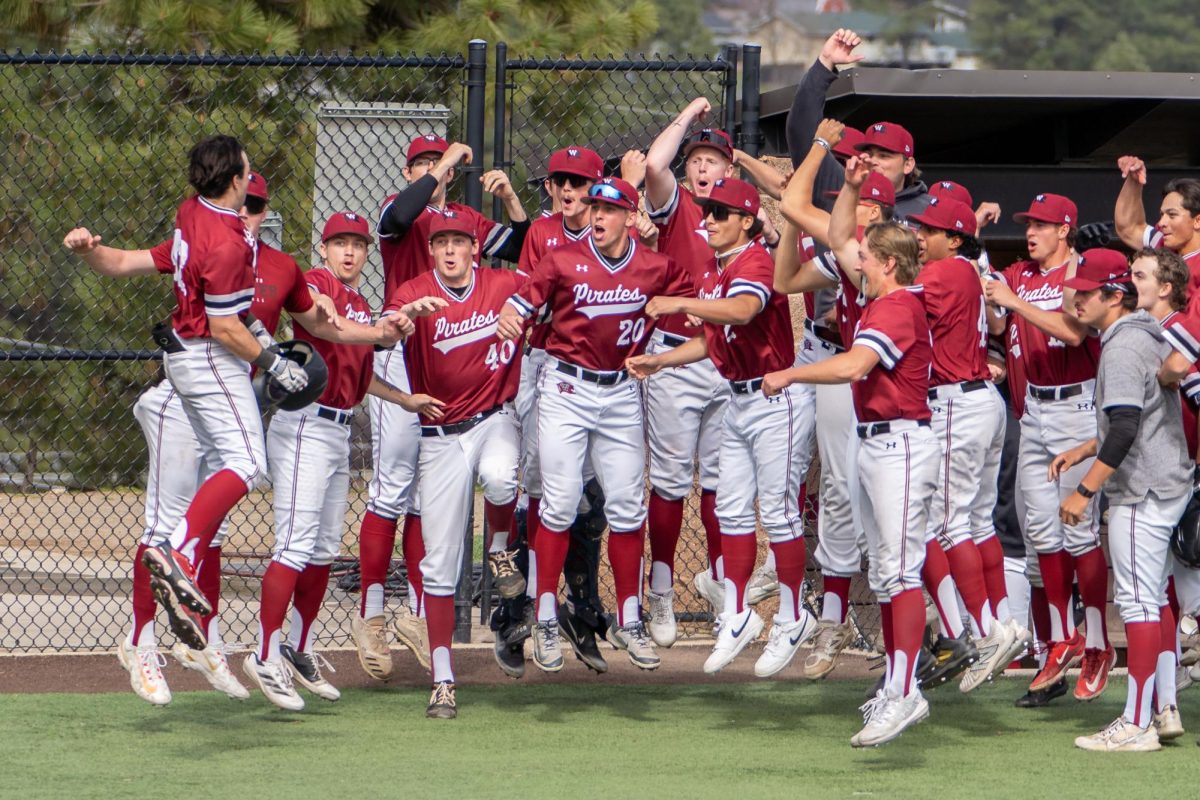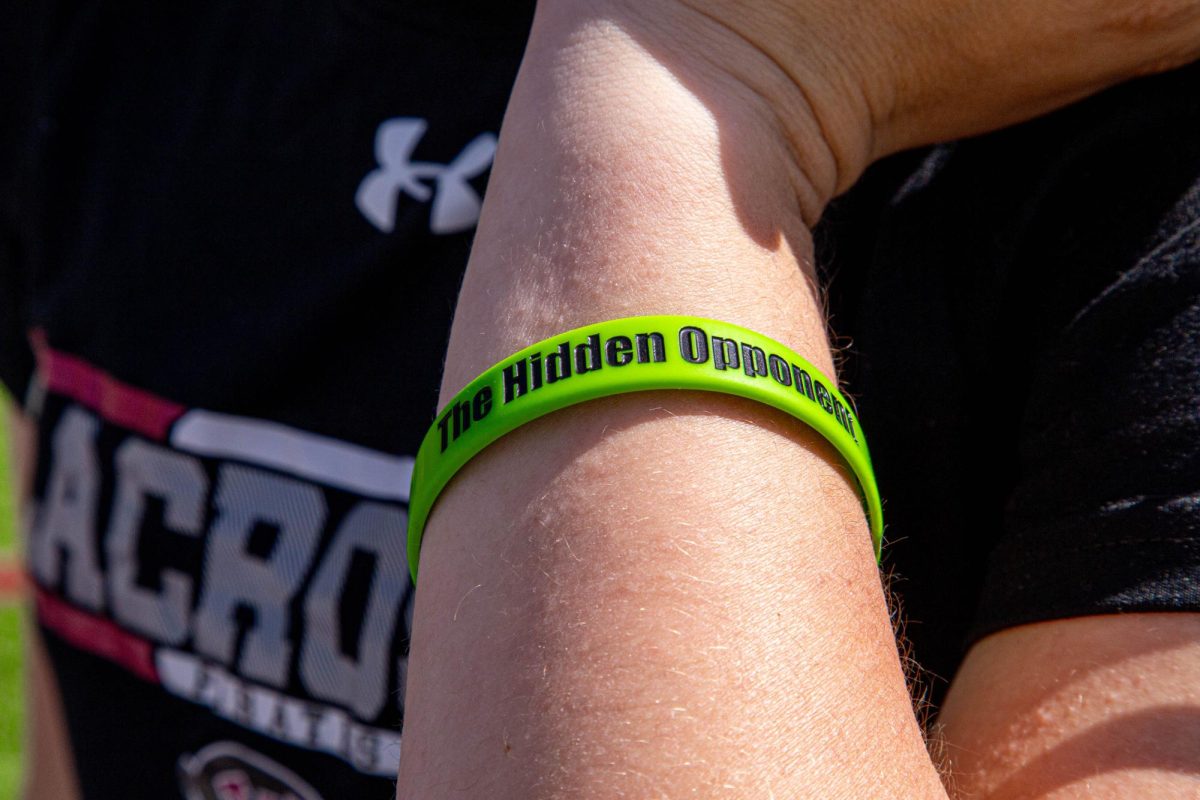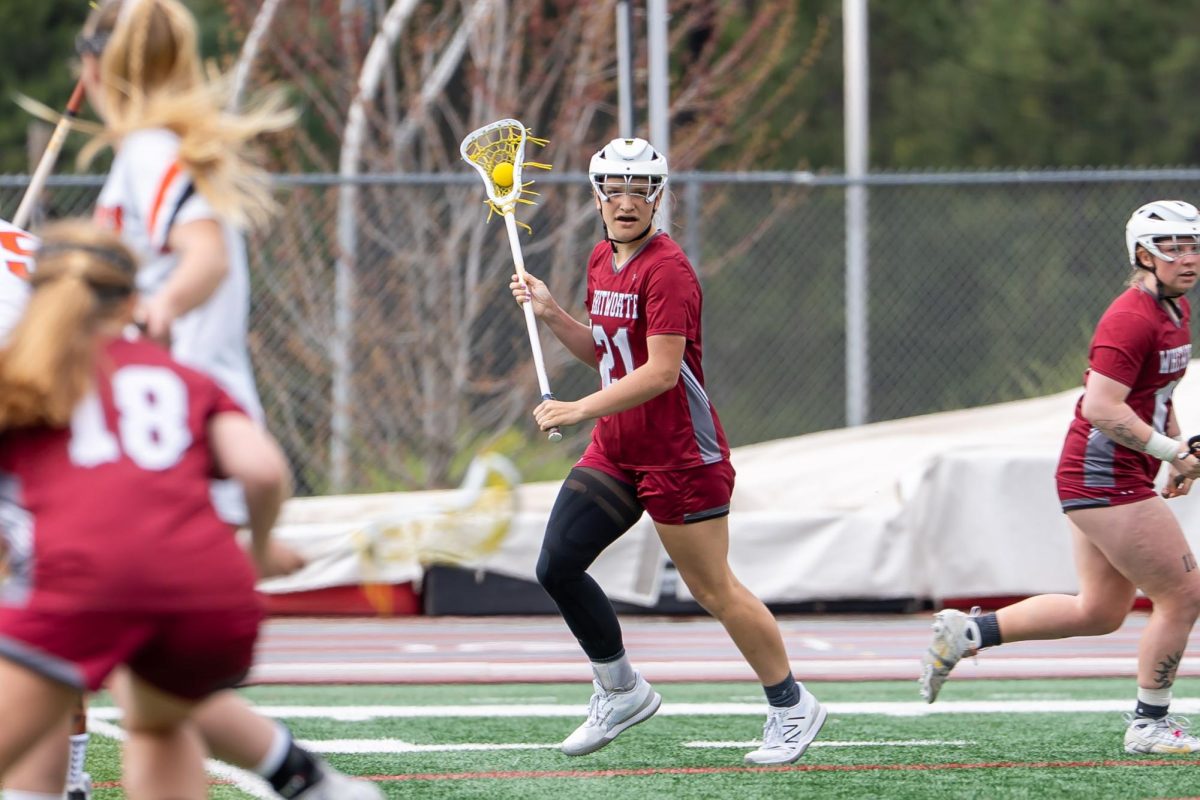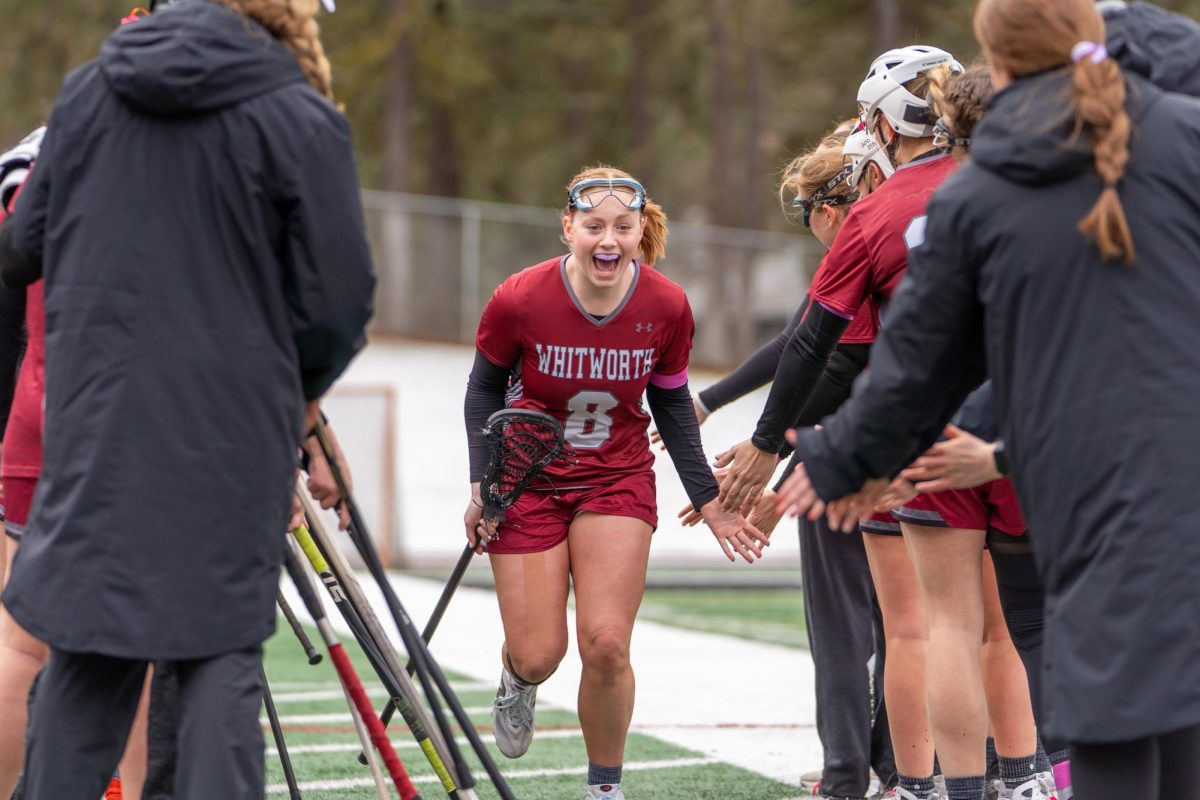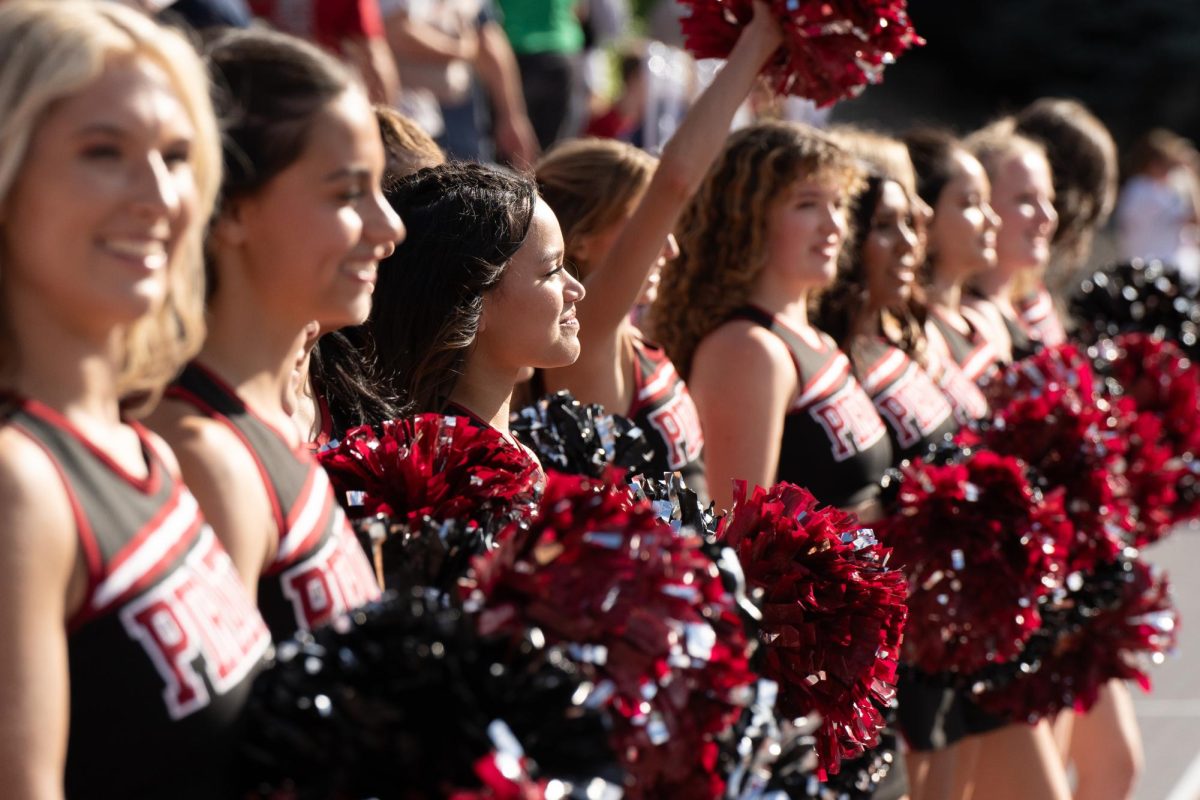After four years of play for Pirate women’s soccer, the center-midfielder has experienced a shift in this phenomenon. “I guess there’s just always that presumption that they’re more entertaining, or just more interesting to watch,” reflected Katrina Costales, a Whitworth senior studying human-computer interaction with a minor in psychology, on differences between spectator attendance at men’s and women’s college athletic events.
Costales said she’s seen a rise in both interest and attendance at women’s games, closing a gap that used to starkly contrast with support for their male counterparts.
“Something that we had between our teams [men’s and women’s soccer], was we would have competitions on who would have the biggest audience at certain games”, said Costales, “Then that team would win something, and we could cater at certain games, which would bring in more of an audience.”
Pirate soccer has used creative strategies like this to promote both men’s and women’s events, and it’s paying off. Across levels of competition, athletes have embraced the hashtag #showup to encourage attendance at women’s sporting events, helping bridge the attendance gap between men’s and women’s athletics
Whitworth’s Student-Athlete Advisory Committee (SAAC) program also took measures to seek to engage a larger audience and drive spectatorship levels at women’s collegiate games on its home campus, instituting a variety of incentives for student athletes to support each other. This included, largely, a competition between teams, something athletes are instantly motivated by.
Whitworth’s Student-Athlete Advisory Committee (SAAC) has also leaned into the challenge of fostering engagement for female athletes. They’ve implemented campus-wide incentives to encourage student athletes to support each other, including point-based competitions between teams.
“Essentially, you would encourage teams to go attend other sport’s events, and you would take a picture with your team and game points off of that,” Costales said, “At the end of the year, at SAAC Awards, they awarded the winning team with ‘Best Sportsmanship’ or ‘Best Participation in Other Sports’, and they just get recognition for being really present in other sports and getting closer to seeing what other student athletes’ lives are like.”
This increased engagement sparked collaboration and creativity between teams.
“We [men’s and women’s soccer] began planning things a lot more together. Before, you would see a lot more of the similar pattern where not a lot of people would come to the girl’s games, whether or not they were first or second,” added Costales, “But with the competitions and advertising for the different events we would hold at our games, we found that, no matter if you’re first or second, the crowd actually stays.”
Costales explained that these events are often centered around building community. These events were possible due to generous donations of food or monetary grants from alumni giving back to their former program, and allowing Pirate soccer to provide an enhanced experience before and after games to raise attendance. “So, if you set up an event in the beginning [of the game], whether that be free pizza or free hamburgers, which we did one time for the first 100 spectators at the men’ s game and first 100 spectators at the women’ s game, that often led to just families and friends staying for both games and it was really nice to see that at the end of the year,” said Costales.
Moments like these made lasting impressions.
“My junior year, a freshman scored a header goal, and she was a defender, and half of the basketball team was just in the corner by the flag and they kind of got to celebrate with her, and there’s a super sick photo out there of just her celebrating with the team, but you can see the basketball team cheering for her on the side,” Costales said, “So that was just a really cool thing to see, other sports teams really celebrating and coming to cheer for other teams on campus.”
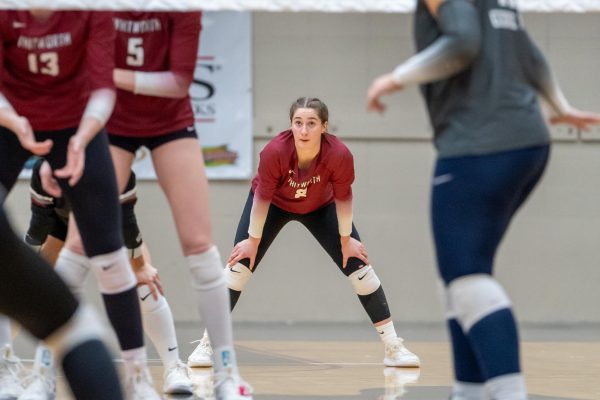
However, the created culture of mutual support resonates with athletes across sports. Rachel Cram, a junior studying elementary education and playing defensive specialist (DS) for volleyball, makes it a point to show up.
“Every day, I’m always grateful for the opportunity that I have to even play a sport, and I think, this past year, I’ve taken more time out of my day to go watch women’s tennis, and track and softball – you know, just other sports that I don’t usually go watch, which I should. I go there, and I’m like, ‘Oh my gosh. This is so cool. Why didn’t I play this sport?'” said Cram.
As an athlete herself, Cram says watching others deepens her appreciation for the student athlete experience as a whole.
“I always feel like it’s just so cool to see everybody’s different journeys with sports and the ways they can perform through it, so I’ve been trying to go to many more sports, and especially women’s games and events,” explained Cram.
Cream reflected on how audience attendance and greater spectator participation have added to her experience as a student-athlete, noting the sacrifices and hours given to play in an event such as those on the NCAA Division III stage. Cream highlights that spectatorship doesn’t just gratify athletes by the opportunity to be seen by a larger number, but rather, creates an environment amidst a higher level of excellence can be achieved.
“I always feel like, whenever we do have a really good group there, it’s always very supportive, they [the spectators] get into character with the themes, and have good sportsmanship,” said Cram, “With volleyball, there are a lot of cheers, so it’s really nice when there’s a big attendance and you can help keep that high energy and those cheers going. So, it’s always nice to have a big audience for volleyball, since it’s such an energy sport.”
Whether through cheers, themed nights, or cross-team support, athletes showing up for each other elevates the level of competition at Whitworth. A full crowd doesn’t just fill the stands; it fuels the fire during gritty matches, races and games.

